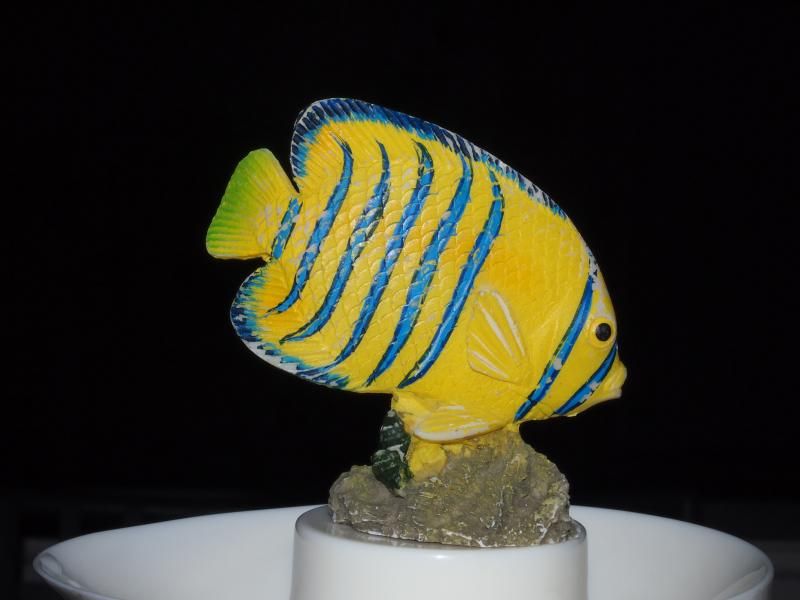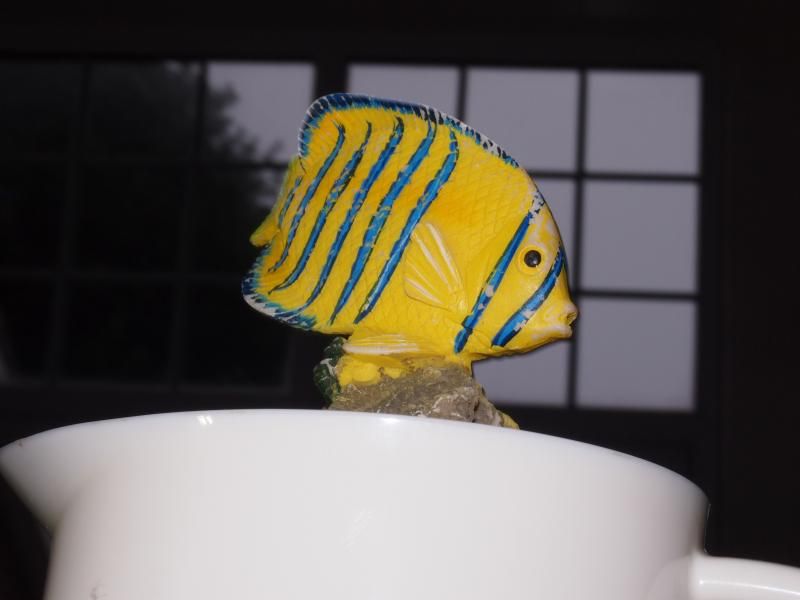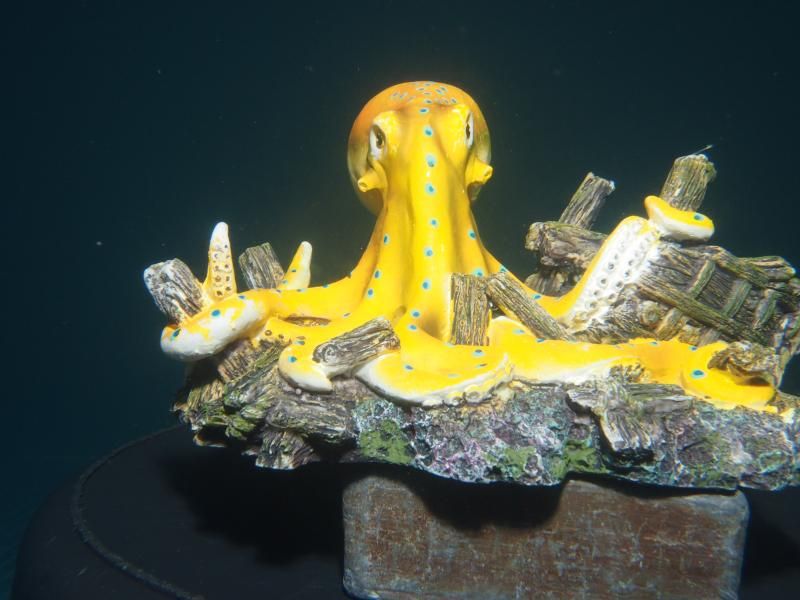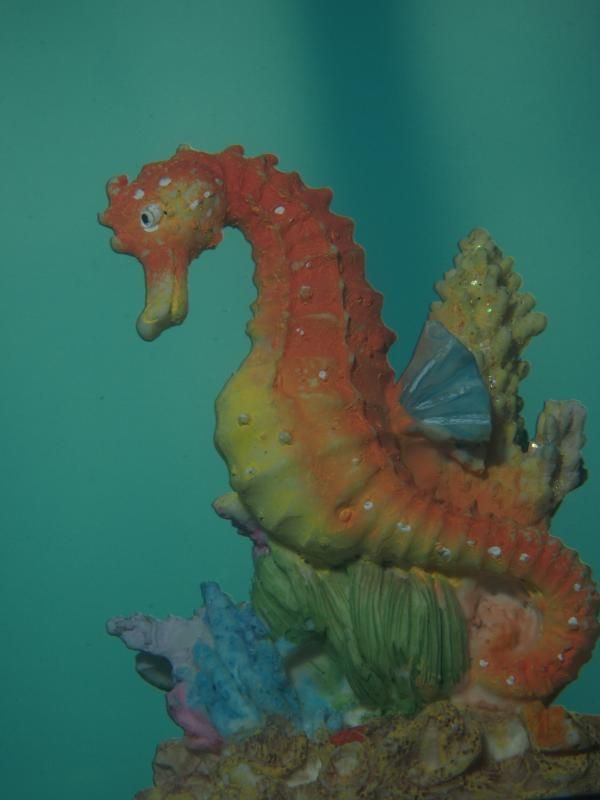cafeldmann
Registered
I apologize if this is a stupid question (probably the first of many!). I've had my E-PM1 for about a year now, I use it on land and under water, but I have never really used it with the flash. My husband got me strobes for my birthday this year, so now I am trying to figure out how to make it all work. I noticed that with the flash attached, it does not seem to adjust the exposure in Aperture and Shutter Speed modes. So if I change the aperture, it will not adjust the shutter speed, and I end up with over or under exposed pictures, depending on the aperture I choose. Essentially, it's like manual mode (only without the option to change the shutter speed!).
Is this just how it works with a flash, and I need to get used to shooting in manual mode? Or is there some setting I should change?
Thanks!
Is this just how it works with a flash, and I need to get used to shooting in manual mode? Or is there some setting I should change?
Thanks!









